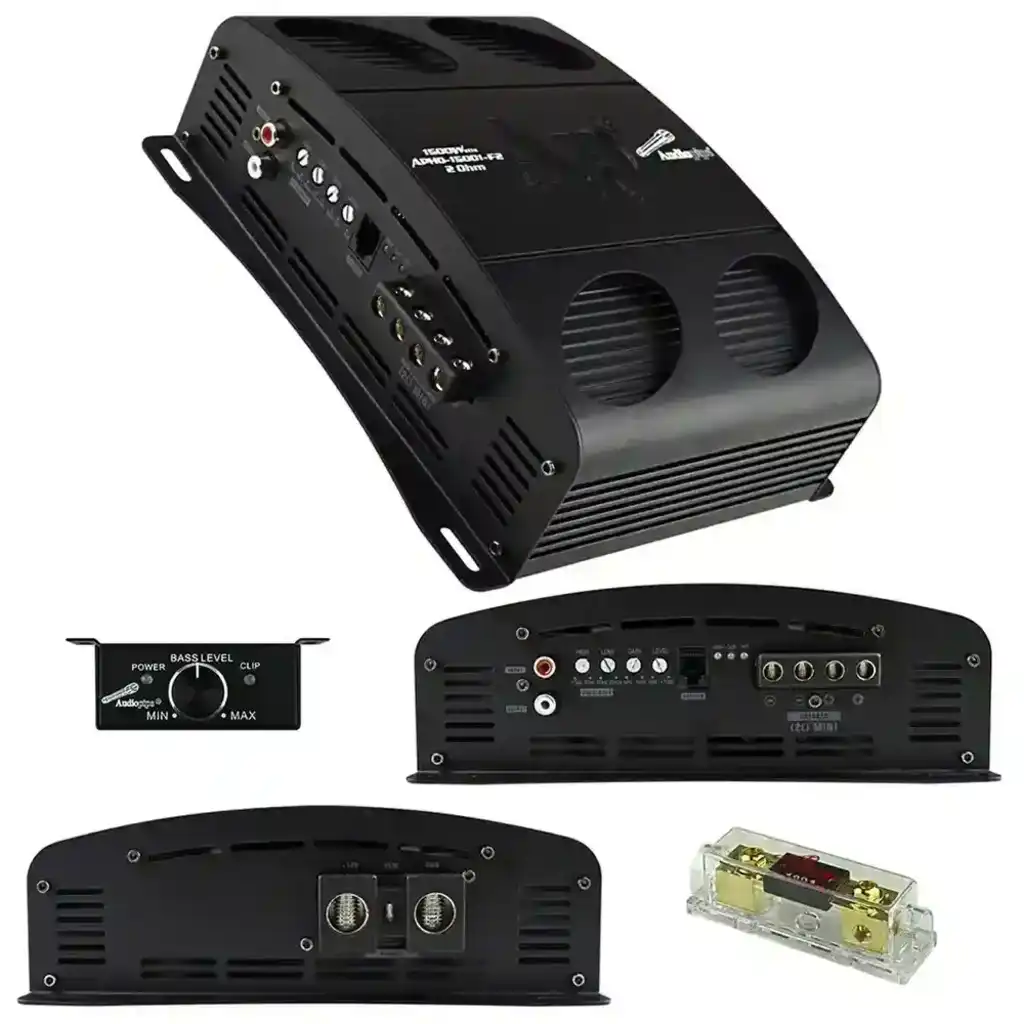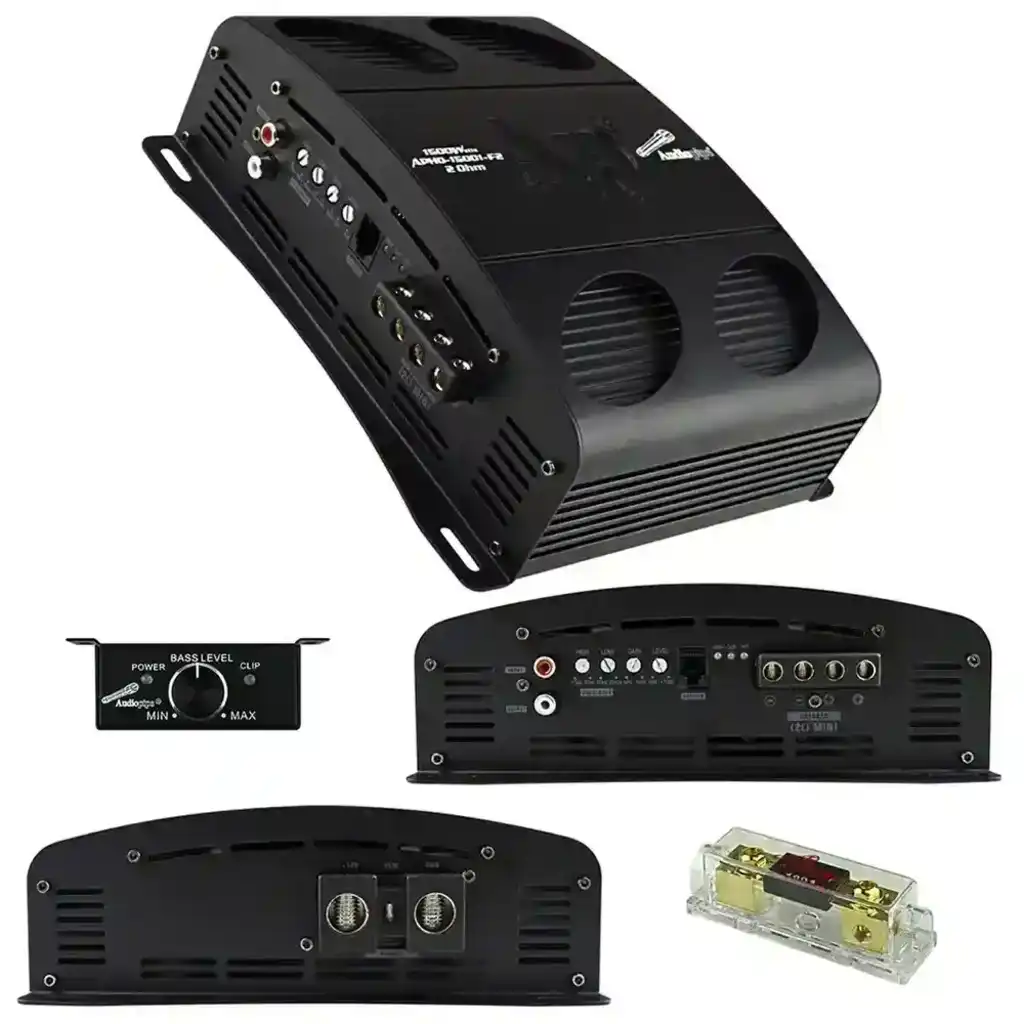Answer
Jan 23, 2025 - 06:27 AM
The APCL, APMN, and APHD are all models of amplifiers from Audiopipe, but they each have different characteristics and are designed for different uses. Here's how they compare to each other, and in particular to an Audiopipe 1500-watt amplifier:
1. Audiopipe APCL Series- Type: Class D
- Power Output: Typically 1500 watts RMS, or up to 3000 watts peak, depending on the specific model.
- Design: The APCL series is designed for high power handling, and is usually geared toward bass-heavy setups in car audio, especially for subwoofer amplification. It's known for its reliability and efficient heat dissipation.
- Efficiency: As a Class D amp, it’s more power-efficient than traditional Class A/B amplifiers, making it a good option for those who need significant power output without excessive heat generation.
- Features: It often has low-pass filters and subsonic filters, which are useful for tuning bass-heavy setups.
- Type: Class A/B
- Power Output: Similar to the APCL series, it can vary by model, but expect power in the 1000-1500 watt range RMS, or more with higher models.
- Design: The APMN series is typically a more traditional amplifier (Class A/B) that is used for midrange, high-range, or full-range speakers, but can still be used to power subwoofers.
- Efficiency: Not as efficient as Class D amps like the APCL. A/B amps generate more heat and consume more power, but they offer excellent sound quality with less distortion at lower frequencies (great for full-range systems).
- Sound Quality: Class A/B amplifiers often provide better audio fidelity and are less prone to "noise" than Class D amps, though at the cost of energy efficiency.
- Type: Class D
- Power Output: Varies, but usually found in the range of 1000–2000 watts RMS, again depending on the specific model.
- Design: The APHD series is another Class D amplifier designed for serious bass output and high-efficiency operation. It’s particularly built to handle higher loads without overheating.
- Features: Similar to the APCL, it typically comes with various filters like low-pass and subsonic. It’s built for those looking to power subwoofers or high-demand speakers.
- Efficiency & Heat: Like other Class D designs, the APHD has the edge when it comes to thermal management and power efficiency compared to Class A/B amps.
Comparison with Audiopipe 1500-Watt Amplifier:
-
Power Handling: If you're comparing the Audiopipe 1500-watt amplifier to the above series, it's important to know that the 1500-watt output you’re referring to might be in terms of peak power or RMS, depending on the exact model.
- APCL 1500 could be very similar in terms of power handling and likely offers 1500 watts RMS as well, with efficient power output ideal for subwoofer use.
- APHD models in the 1500-watt range could also offer similar or slightly higher peak power handling, but with more efficiency and heat management.
- APMN at 1500 watts RMS would be a traditional amplifier with potentially better sound quality for full-range systems but not as efficient.
-
Class D vs A/B: If you're focusing on efficiency and heat (for a subwoofer-heavy system), the APCL and APHD models (both Class D) are the way to go. They’ll provide more power for less heat, making them suitable for higher-power setups. The APMN, being Class A/B, will give you better sound quality at the cost of higher heat generation and lower efficiency.
- If you’re after high power with efficient heat management, APCL or APHD (both Class D) would be your best choice, particularly for powering subs.
- If you're looking for better sound quality and don’t mind the extra power draw and heat, APMN (Class A/B) will be more suited, especially for full-range speakers or high-fidelity applications.





Add New Comment